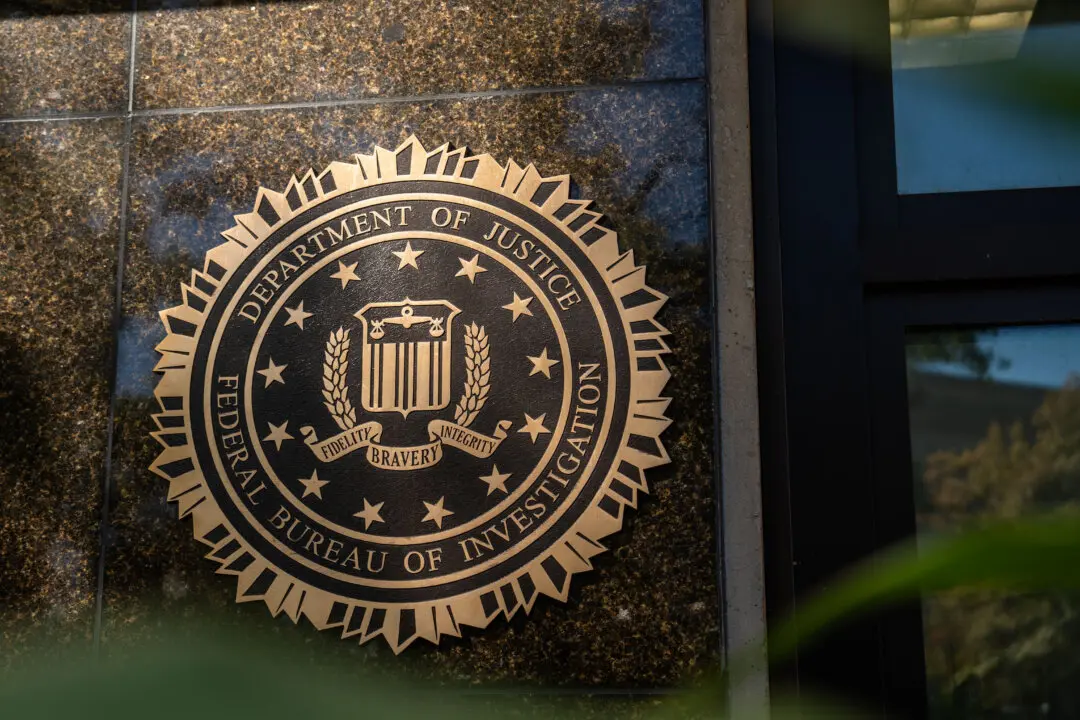Japan’s economy grew during the second quarter of 2022 and returned to its prepandemic level, although the recovery has been slower than in other major economies.
Gross domestic product (GDP) grew at a 2.2 percent annualized rate during the quarter, according to the Japanese Cabinet Office. The size of Japan’s economy, the third largest in the world, was 542.1 trillion yen ($4.1 trillion). First-quarter GDP initially was reported to have contracted but was later revised to 0.1 percent growth.





